Bas means “natural” and Matti means “aromatic”. Grown in traditional array and matured by the cold and pure waters from the Himalayas given he produce its distinctive aroma.
Basmati rice is a premium, aromatic long grain rice variety traditionally grown in the fertile plains of Punjab, spanning both Pakistan and India. Renowned for its slender grains, distinctive fragrance, and fluffy, non-sticky texture when cooked, Basmati is a staple in South Asian cuisine and widely used in dishes like biryani, pulao, and fried rice. What sets Basmati apart is its natural aroma and its ability to elongate almost twice its original size during cooking. Pakistan is one of the leading exporters of authentic Basmati rice, offering both aged and freshly milled varieties in white and parboiled forms. Its rich flavor and elegant presentation make it a favorite in global gourmet kitchens.
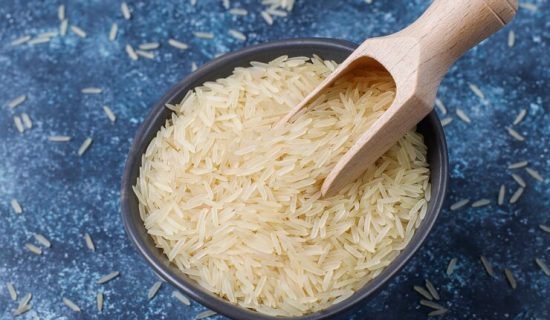
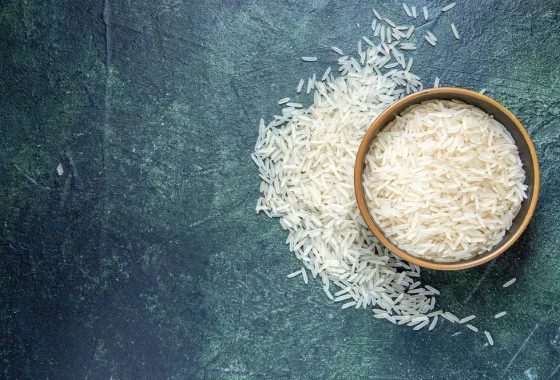
Non-Basmati refers to all varieties of rice that are not classified as Basmati. While Basmati rice is known for its long, slender grains and distinctive aroma, non-Basmati rice includes a wide range of rice types that vary in grain size, shape, texture, and aroma. These can be short, medium, or long grain and may be sticky or non-sticky when cooked.
Non-Basmati rice is commonly used in everyday cooking across many regions and is often more affordable than Basmati. Popular non-Basmati varieties include IRRI-6, IRRI-9, PK-386 and Begami rice, among others. Each type serves different culinary needs—from biryanis and pulaos to risottos and rice-based desserts.
PK 386 is a premium non-Basmati long grain rice variety grown in the Punjab region of Pakistan. Known for its slender grains, mild aroma, and non-sticky, fluffy texture when cooked, it offers an excellent balance of quality and affordability. While it lacks the strong fragrance of Basmati, PK 386 is a popular choice for everyday meals, pulao, and bulk catering. It is widely exported and available in both white (polished) and parboiled forms.

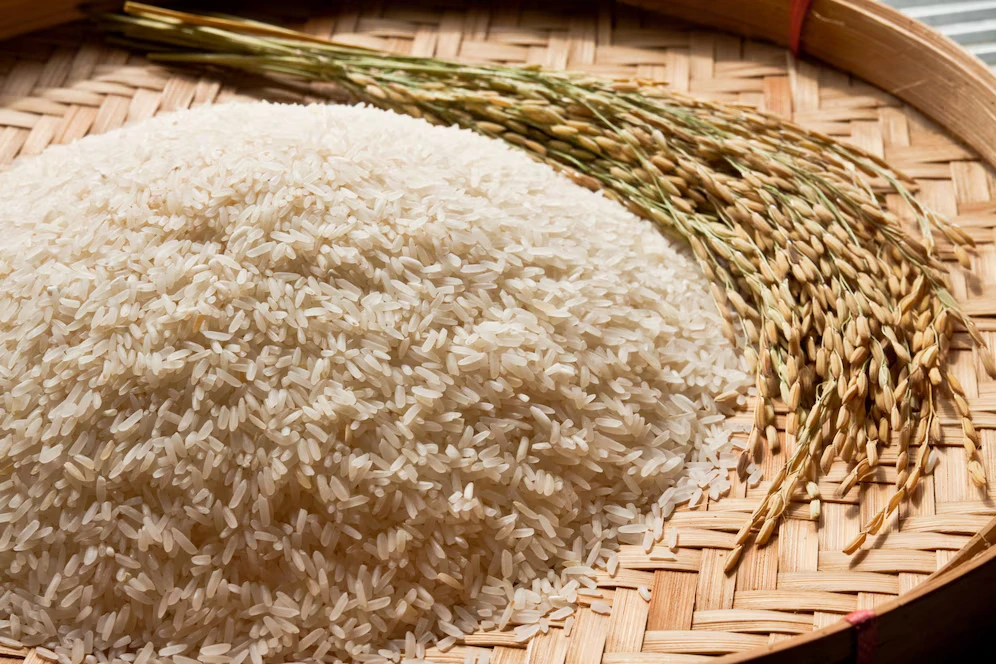
IRRI-9 is a popular long-grain non-Basmati rice variety that originates from the International Rice Research Institute (IRRI) in the Philippines and is primarily cultivated in the Sindh and southern Punjab regions of Pakistan. It is known for its extra-long grains, slightly firm texture, and ability to cook into fluffy, separate grains. IRRI-9 is valued for its high yield, affordability, and versatility, making it a preferred choice for large-scale consumption in households, restaurants, and the food service industry. It is commonly available in both white (milled) and parboiled forms and is widely exported to markets in Africa, the Middle East, and Southeast Asia.
IRRI-6 is a widely grown non-Basmati rice variety that originates from the International Rice Research Institute (IRRI) in the Philippines in Pakistan, especially in the Sindh province. It has medium to long grains and is known for its affordability, high yield, and firm texture after cooking. Although it lacks aroma, IRRI-6 is a staple in many regions due to its cost-effectiveness and is commonly used in everyday meals, bulk catering, and food aid programs. It is available in white (milled) and parboiled forms and is one of Pakistan’s major rice exports, especially to African and Middle Eastern markets.
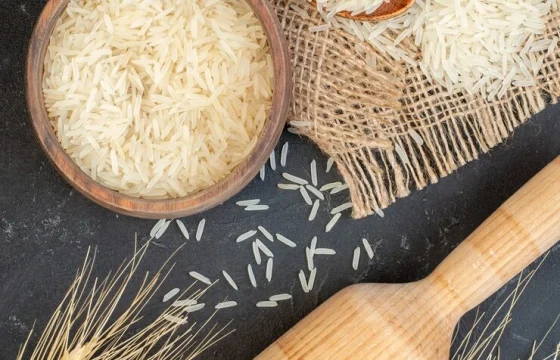
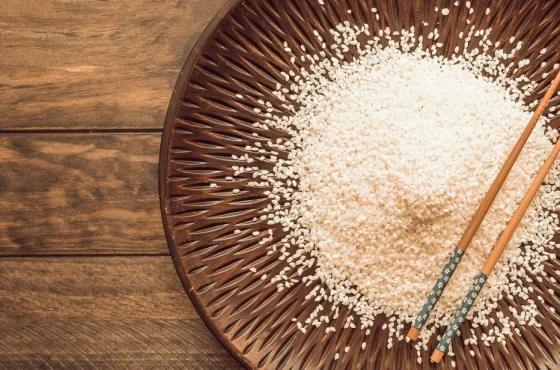
Begamai (or Begum) rice is a traditional rice variety derived from the Japonica rice family and native to Pakistan’s Swat Valley. It was introduced in 1949 by Begum Bilqees Effandi, an Afghan royal who brought the seeds from Afghanistan and began cultivating them in the Bagh Dherai area of Swat. Known for its naturally sweet flavor, non-sticky texture, and short, slightly rough grains, Begamai rice thrives in the cool, mountainous climate of northern Pakistan. Typically grown without pesticides, it is highly valued for its organic quality. Mainly grown and consumed locally, Begamai is commonly used in traditional dishes and is cherished as a local delicacy, often gifted to guests and tourists visiting the region.
